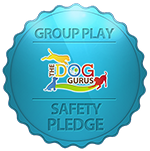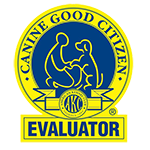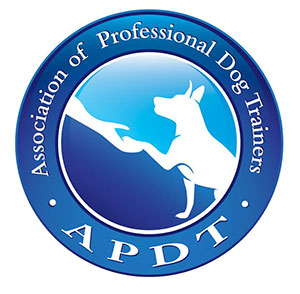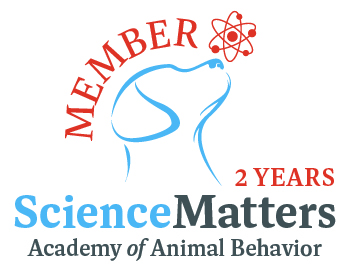For those of us immersed in the world of progressive dog training, we can now rely on evidence-based methods to craft behavior plans and training goals for our dogs. Along with this are many in our field who are leading research into canine cognition. We are beginning to understand more and more HOW our dogs think, how they learn, what motivates them, what stresses them, and how they perceive the world. This is so crucial to our work as trainers. We have learned effective and more efficient ways to teach our dogs in a much more humane way than what was used in the past. Dog training used to be centered around being alpha, using dominance theory, and not using reinforcers in training. It is abundantly clear now, in 2021, that these ways of thinking are no longer relevant. Using dominance to explain behaviors and attempting to maintain being an Alpha is the equivalent of using a corded telephone. There are just better, more efficient ways to do things, and we have science to back us up.
We have learned that there are many ways to help our dogs conquer fears. As a behaviorist, I have many tools in my toolbox to shape emotional responses to triggers and create new trusting relationships in the world around them. But is this enough to create wellbeing and confidence? For me, it is not.
There are so many more pieces to this puzzle to create a dog who is emotionally balanced in this fast-paced world we live in. We need to take a deeper dive into what brings our dogs pleasure and examine this at a physiologic level.
Sniffing: One thing that we know through Dr. Alexandra Horowitz’s work at the Dog Cognition Center at Barnard College is that dogs who are allowed to use their nose to smell the world are a lot less triggered by environmental factors. By using their noses, dogs learn to utilize the calming part of their brains. By having them practice using this part of their brain, they practicing doing cerebral activities, and are less likely to respond to triggers that brought them fear in the past. (Duranton & Horowitz, 2019).
What does this mean for our pet dogs? It means LET THEM SMELL! Take them out to a brand new place that
they have never been that does not have triggers (no other dogs, humans, kids on bikes) and allow them to use their nose and go on a “sniffari.” Our dogs are wired from the day they come out of the womb to smell, yet we walk them in the same place daily. This is the equivalent to your daily drive to work. You are on auto-pilot. But, drive to a new place and you need all your senses to navigate. A new route or environment is just what our dogs crave. While this is not reasonable every day, can you carve out time in your week to do this activity several times? Your dog’s behavior will thank you!
Scavenging: Our dogs are really skilled at finding gross stuff to eat. And of course, we discourage this behavior as humans. But, can we find a way to meet this inherent need and give them opportunities to do this in a safer, more sanitary way? You bet! By using puzzle toys, and creative feeding solutions we can satisfy two things at once. We can use your dog’s excellent scavenging skills to find their dinner, and also put some of their energy into finding food. By using something other than your dog’s bowl, you can have them use brainpower to find each morsel. Use a slow bowl, a Kong, a food puzzle, a bunch of boxes, snuffle mat, an empty one-liter soda bottle, or other homemade container. Be sure that after the eating is done, you put the container away. (If your dog exhibits resource guarding behaviors, be sure to contact me first to put parameters in place for working through this behavior issue.) Allowing them to scavenge and problem solve finding their food uses that same meditative part of their brain that we discussed above. And practicing calm, quiet behaviors is something that most dogs need more of.
Capturing good behaviors: Here is a challenge, dear readers. Can you capture your dog doing behaviors that you like at least 25 times per day and reward them? (More is better.) This is SO easy! Keep a container of kibble around the kitchen and other common areas. Reward your dog without even saying anything when you observe them doing a behavior that you would like to see more of. For example, they are laying in the kitchen on their dog bed while you are doing dishes. Approach and drop a piece of kibble between their forepaws. Sitting and watching the world go by at the window without barking – heck yes! Reward THAT! It is infinitely easier to create behaviors that you want your dog to do more of than worrying about correcting them later. And it’s the more ethical way to train! Create what you want upfront, and the other behaviors that you do not desire will melt away.
By adding in these easy things to your dog’s repertoire, you will begin to see a dog who uses their thinking brain more than their reacting brain. The dogs we live with are meant to do these things, but in the tangle of our lives, we sometimes are not meeting their needs. And just like us, our canine companions need to have things in their lives that use their brain and challenge them. I challenge YOU to add these three easy things into your dog’s life and make some observations on their behavior.
This article originall appeared in “Second Opinion: Healthy and Wellness in the Chippewa Valley” magazine. You can find the full issue here (Heather’s article can be found on pages 12-13).













